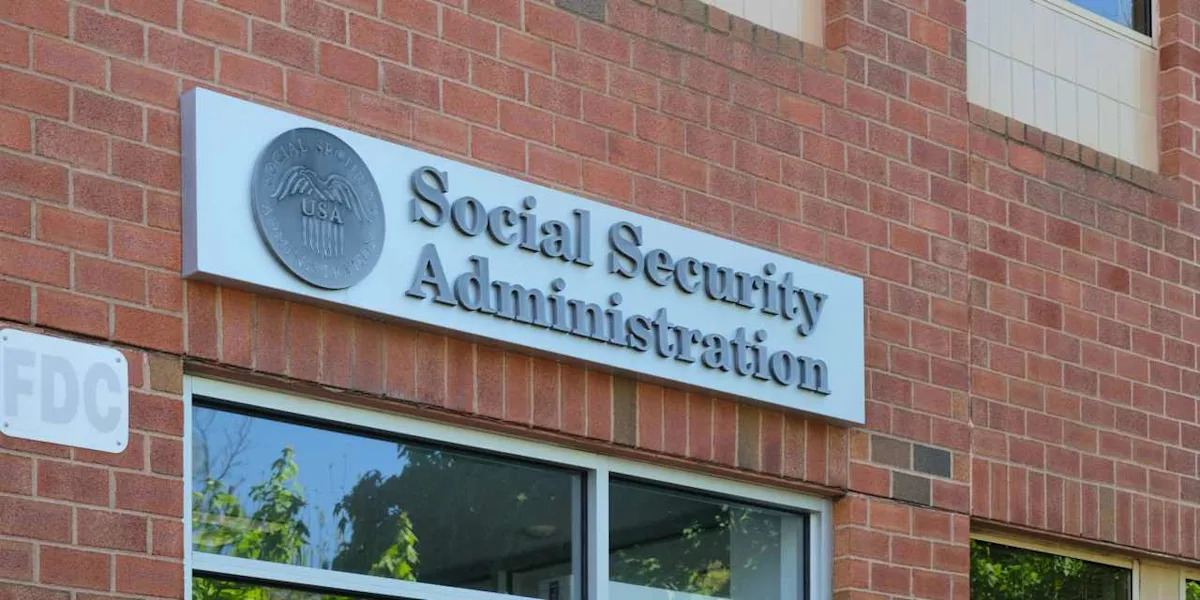A potential new Social Security Administration policy would force 3.4 million more people to visit field offices to update their addresses and make other routine requests at a time when the agency’s staffing has been cut and field offices face long wait times for appointments.
According to a regulatory filing, the SSA aims to expand the use of multi-step verification to generate a personal identification number (PIN) in order for beneficiaries to make changes to their address, check the status of claims, request benefit-verification letters or ask for tax forms by phone. If a beneficiary can’t handle the PIN process, they would be required to make the changes online or at a field office.
Most Read from MarketWatch
By the SSA’s own estimate in the filing, that would mean 3.4 million more visits to field offices each year. The change is slated to take effect on Aug. 18 if approved by the Trump administration’s Office of Management and Budget, according to the regulatory filing.
“This will create a significant new burden, particularly for those who live in rural areas or have transportation or mobility difficulties,” Kathleen Romig, the director of Social Security and disability policy at the Center on Budget and Policy Priorities (CBPP), wrote in blog post. “The Trump administration is rushing these changes with almost no public notice or feedback.”
The number of additional beneficiaries going to field offices comes on top of the 1.9 million people required to travel to field offices to change their direct-deposit banking information.
A recent CBPP study found that nearly a quarter of older adults live more than an hour’s drive round-trip from their nearest field office. AARP said that some beneficiaries in Alaska would need to travel by plane to reach their nearest SSA office.
The SSA did not immediately respond to requests for comment.
In making the request to expand the PIN process, the SSA cited fraud as the reason for the multi-step verification process. It did not provide any numbers of cases of fraud in the regulatory filing.
“AARP supports efforts to strengthen fraud prevention and identity verification. However, we are concerned that SSA’s new Security Authentication PIN (SAP) process, particularly its expansion to additional telephone services, could create new barriers for older adults who rely on telephone access to manage their Social Security benefits,” Nancy LeaMond, AARP’s executive vice president and chief advocacy officer, said in a statement.
The SSA, in its request, said beneficiaries could make the changes online, but that would present other challenges, AARP said.
“Our experience shows that the option to verify identity online will be a challenge for the one in four older adults who report never going online. Creating an online “My Social Security” account can be a complicated process for people who are uncomfortable with online systems or do not have reliable internet access,” LeaMond said.
The potential change comes as the SSA has cut 7,000 jobs, or 12% of its workforce, closed regional offices and suffered website outages and AI phone glitches.
The SSA policy change would flood field offices at a time when the agency has reassigned about 1,000 field-office employees to answer SSA’s national 800 number, according to media reports.
Most Read from MarketWatch

